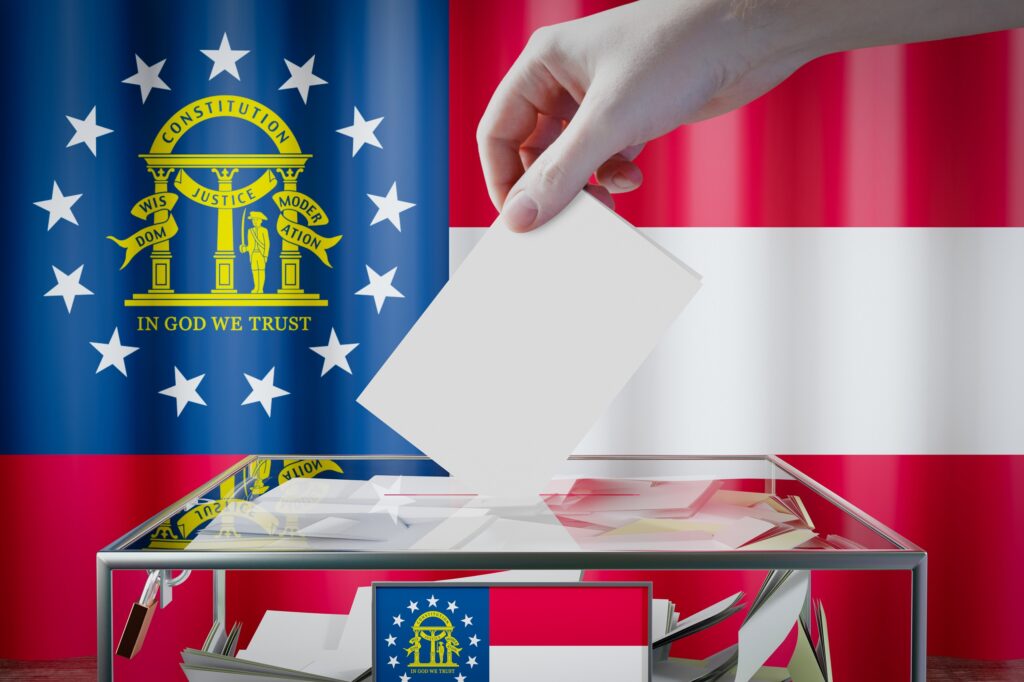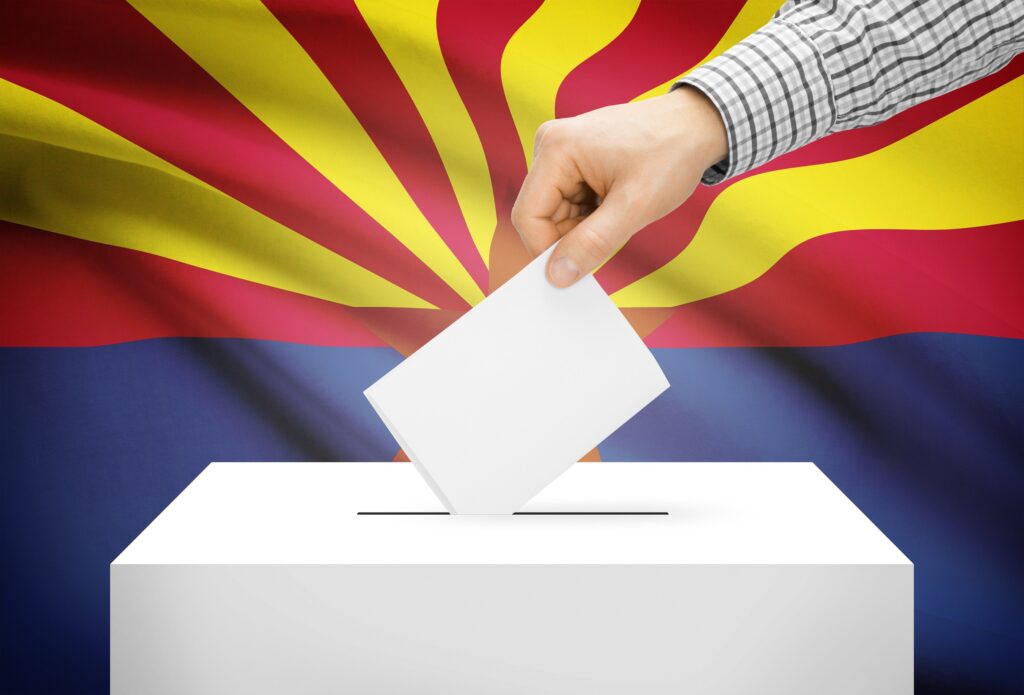Electric Competition: The Antidote for Bad Behavior
Authors
Key Points
Policymakers should not dismiss these developments as merely the work of a few bad actors, but as the latest evidence of a behavioral pattern tied to flawed institutions. Public policy works best when aligning financial incentives with productive company behavior. Electric competition accomplishes this and serves as a partial anecdote for bad behavior. It also provides an essential pathway to restore public trust and accelerate an economical energy transition that drives innovation and emissions reductions.
The perverse incentive structure of monopoly utility regulation encourages bad behavior. States like Ohio and Illinois shifted toward a competitive market model but did so incompletely. This left a monopoly entangled with competitive markets and enabled conduits for bad utility behavior. A proper competitive structure, such as Texas, reduces the opportunity and strength of financial incentives for bad behavior.
State policymakers should require thorough electric generation divestiture and remove the monopoly distribution utility from providing default retail service. States should enable competition wherever possible and improve the transparency of distribution system planning and operations. State policymakers should aim to build cultures appreciative of electricity commodity markets and build resistance to subsidy-seeking entities.
Press Release
Media Contact
For general and media inquiries and to book our experts, please contact: pr@rstreet.org
Introduction
The electric power industry has an inordinate history with corruption and other undesirable political and economic behavior. The summer of 2020 reignited this sordid legacy, perhaps in a manner not witnessed since Enron. Topping the list are twin scandals alleged in Illinois and Ohio between legislators and nuclear power plant owners who received legislated subsidies.
In July, Commonwealth Edison (ComEd), a subsidiary of Exelon Corporation, agreed to pay a $200 million fine to avoid prosecution after admitting in court that it directed contracts and jobs to associates of Michael Madigan, the Illinois Speaker of the House of Representatives, in exchange for favorable legislative treatment. In Ohio, federal prosecutors charged Ohio House of Representatives Speaker Larry Householder, Householder’s advisor Jeffrey Longstreth, former Ohio Republican Party Chairman Matthew Borges and consultant Juan Cespedes with a racketeering conspiracy, money laundering and bribery.2 The Ohio allegations constituted the more extravagant scheme, claiming that FirstEnergy Corporation funneled $61 million in “dark money” to not only pass a legislative bailout of nuclear power plants, but use the bulk of the funds to defeat a referendum and harass and buy-off signature gathers opposed to the legislation.
Policymakers should not dismiss these developments as merely the work of a few bad actors, but as the latest evidence of an established behavioral pattern tied to perverse incentives from flawed institutions. The propensity for bad behavior is tied to the structural incentives of political and economic systems. Generally, the stronger the relationship between firms and government officials in determining companies’ net revenues, the more suppliers orient their business development around favorable political treatment and the more likely that policy developments socialize costs and risk on captive customers or taxpayers. Specifically, political science and economic evidence suggest that institutions reinforcing transparent and open market competition result in superior economic behavior and provide an antidote to corruption and lesser forms of political rent-seeking behavior.
As profit-maximizing enterprises, firms have a base incentive to lower costs and increase revenues naturally (e.g., market acquisitions, productivity gains) or artificially (e.g., subsidies, regulatory processes shielding incumbents from new entrants). The strength of economic and political incentives varies across different institutional arrangements. In the electric industry, the regulatory structure is the primary institutional consideration driving firm behavior.
Two paradigms define the base institutional arrangements of the electric industry: regulated, vertically-integrated monopolies and restructured markets, where wholesale generation and retail supply are competitive, but the local distribution segment remains under a regulated monopoly…
Beginning in the 1990s, roughly half the states entered significant efforts to restructure, but today, only 14 states plus the District of Columbia could arguably be considered restructured.6 At the heart of these reforms was to subject parts of the business that had experienced cost overruns to the discipline of competition. However, all states that restructured—with the exception of Texas – did so incompletely. These quasi-restructured states left utility monopolies in a position to supply energy customers on a “default” basis if customers did not shop, and those same monopolies were often indirectly financially tethered to an affiliated company in the competitive generation market. Illinois and Ohio are examples of this kind of half-baked competition. As such, this paper examines political and economic behavior across the regulated monopoly, quasi-restructured and fully restructured models.











